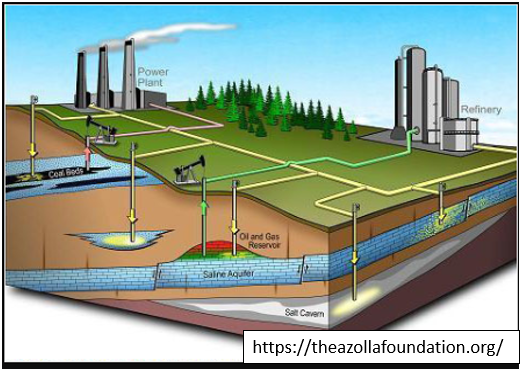Services
Chasing carbonates at a basin scale (early exploration phase)
Whether you need to investigate a new basin, a play or several leads, looking for carbonate targets, we can provide a thorough assistance, from collecting and studying literature to analyzing any kind of available data, like 2D/3D seismic, well reports, petrophysical logs, rock samples and thin sections among others*. Possible carbonate leads/prospects can be scored and ranked using the in-house Carbonate Seismic Scorecard. The final delivery, depending on client’s needs, will consist of one or more ppt presentations and a final detailed report. Several types of maps can also be delivered (e.g. play risk, isostructure, facies maps, source rock maps).
In case you were also looking for not-only-carbonate reservoirs in your basin, you can benefit from the expertise of well-known siliciclastic specialists from other companies, with a great deal of industry experience, in order to integrate the study.
* Marcello can work remotely, choosing among different kinds of virtual-desktop software, which allow various degrees of interaction, such as, among others, TeamViever (full control) and Teams (only viewer). Another option commonly implemented is to use a remote desktop login into a client machine through a secure VPN connection. Also, Marcello can physically come to your office, if you prefer. In all cases, confidentiality will be strictly guaranteed


Prospect seismic/geological/reservoir characterization (advanced exploration to field appraisal/development)
If you need to figure out whether you are looking at an actual carbonate structure or something else, this is the right place for answers. Marcello’s in-house Carbonate Seismic Scorecard and his seismic expertise will help you assign a quantitative value to your risk, answering all possible questions: What is the chance that we are looking at a carbonate structure? What is the depositional system? What is the facies distribution? Where can we find the best reservoir/SR/seal rocks? What reservoir quality and distribution should we expect (static reservoir model)?
As for the data needed, taking for granted that the more information is available the more accurate will be the model, Marcello can work within a wide range of data, from a single seismic snapshot to a tight 3D seismic cube, which he can integrate with any kind of well/rock data. He can extract valuable information from a simple seismic section, a geomorphology map, the analysis of several seismic attributes (which can vary significantly from the ones used for siliciclastic bodies), frequency decomposition cubes, seismic inversion volumes and so on.
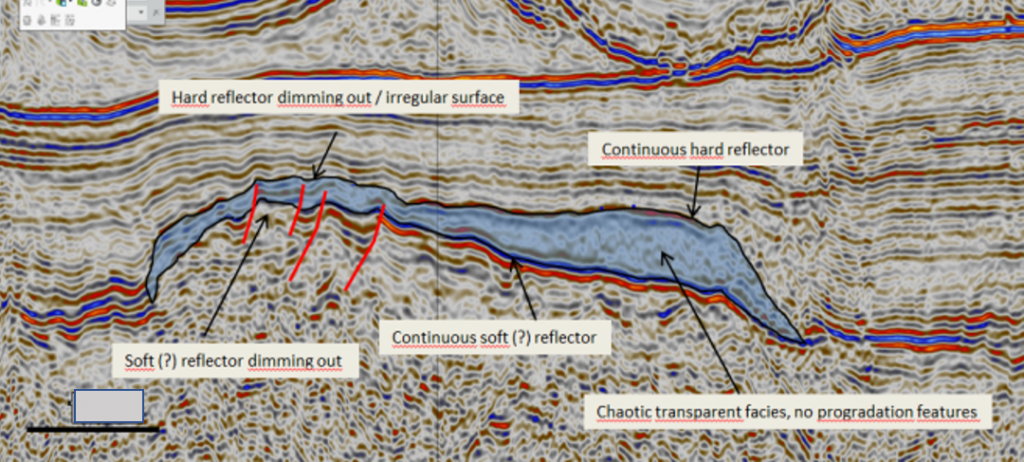
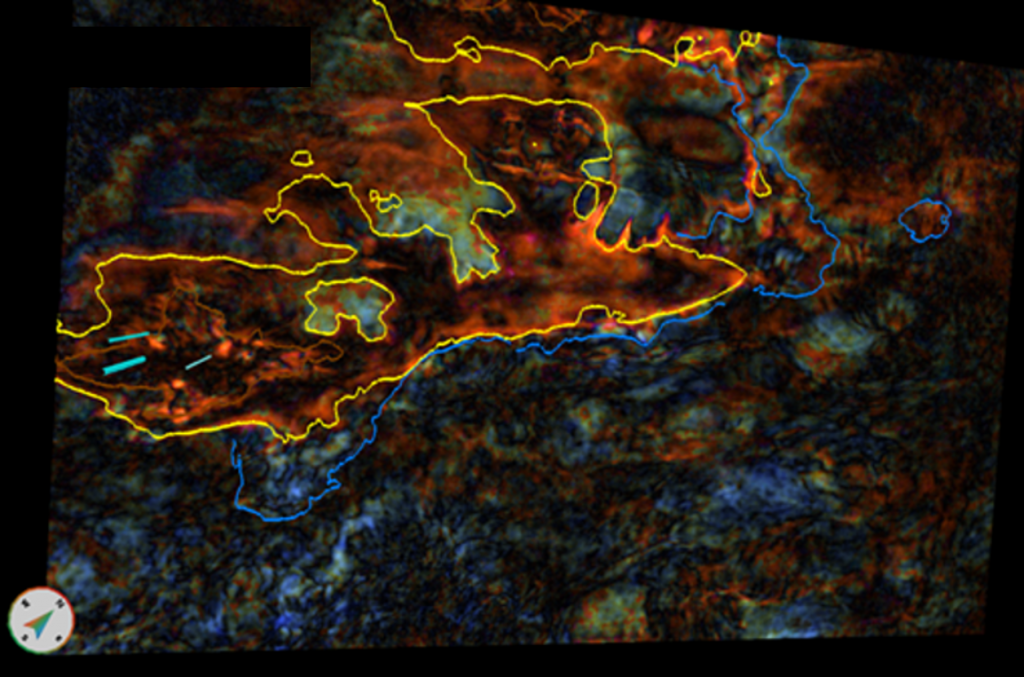
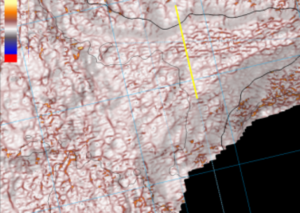
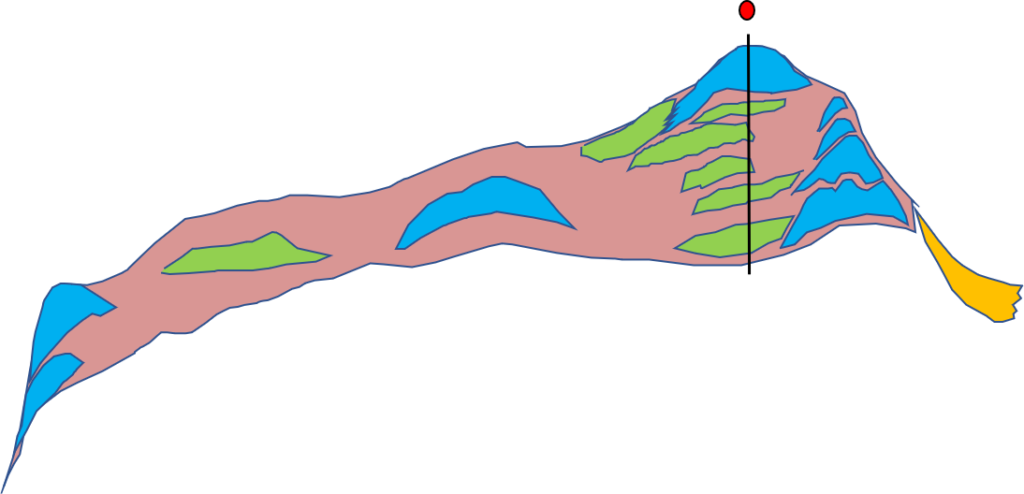
Analog study

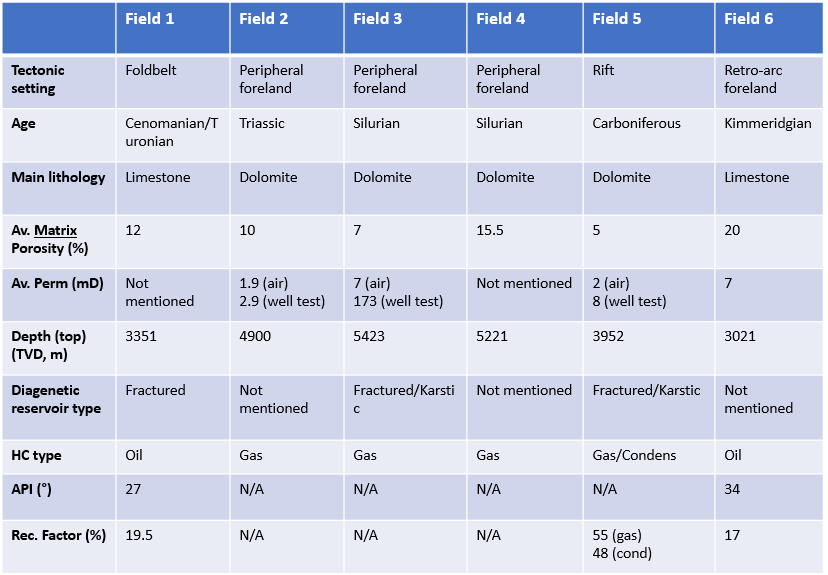
Especially when well data are missing, recognizing the correct analog to your play/prospect/reservoir is of paramount importance, in order to populate your geological model with the right value and distribution of reservoir parameters.
Marcello can use his expertise to find the right producing field analogs from a massive database containing selected public information from hundreds of carbonate producing reservoirs worldwide.
Analog-study best practice, if needed, can also be included in the training Marcello provides (see Training tab).
Fieldtrip assistance
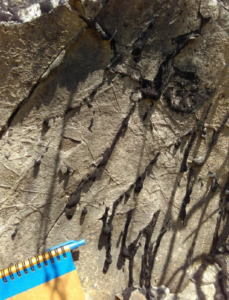

Whether you need to carry out some fieldwork training for your geoscientists or just to study some outcropping analogs of your carbonate reservoir, Marcello can assist you, thanks to a long experience in studying field examples of the most important (deep/shallow marine and lacustrine) carbonate plays.
Training
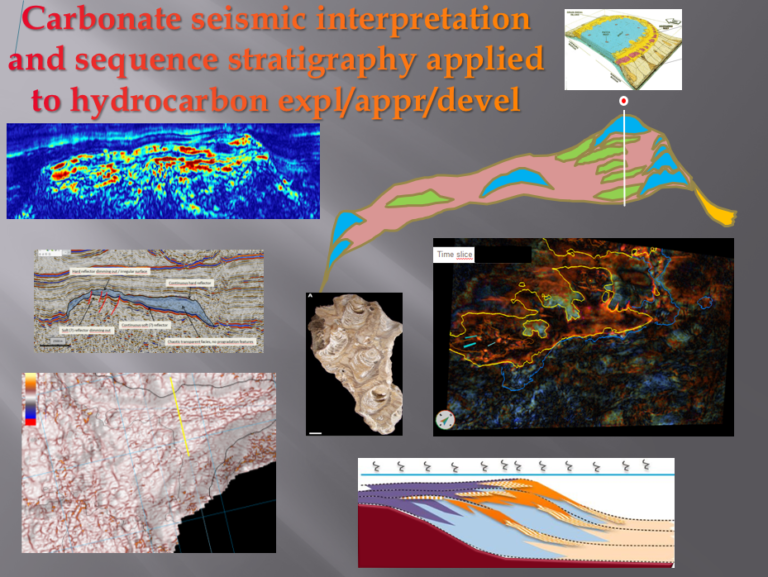

Carbonate seismic interpretation and sequence stratigraphy applied to hydrocarbon exploration and field appraisal/development
This is a three-day classroom course during which you will learn the most important concepts of carbonate sequence stratigraphy, seismic stratigraphy and seismic attribute analysis, which can be applied to hydrocarbon exploitation. The most important carbonate plays will also be disclosed.
This is a hands-on training, more practical than theoretical, in which many real examples will be illustrated and practical exercises will be given. Also, the use of the Carbonate Seismic Scorecard will be explained.
The carbonate seismic interpretation course, if needed, can also be integrated with the two-day introduction course “Introduction to carbonate rocks and reservoirs”, which is not only aimed at the usual introduction to carbonate rocks (e.g. their depositional and diagenetic evolution and features), but it covers also the basic aspects of carbonate reservoir characterization (and modeling) and the practical workflow of the interpretation of the most useful well data in carbonate settings, from vintage well logs to recent image logs.
Both trainings are continuously subject to update and improvement from working practice on actual projects.
Slides are in English, however, upon request, the courses can also be held in Spanish, Italian or French.
Special rates are to universities.
For more details please check out the Training tab.
Geothermal exploration and CO2 storage
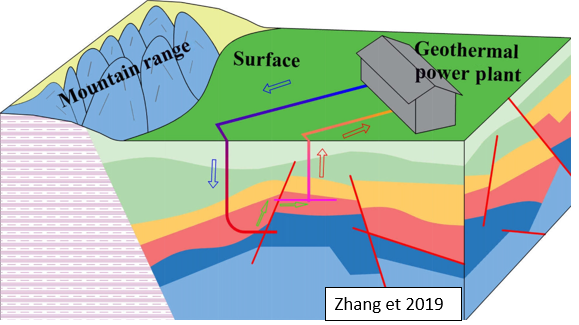
Nowadays carbonate reservoirs and traps are also investigated for purposes different than oil&gas exploitation. They can represent valuable heat reservoirs in a geothermal system or they can be used as accumulation traps for injection and storage of CO2 or natural gas.
In all these cases, provided that we don’t need a HC source rock, we still need to look for a reservoir and, often, for a trapping seal. This means that we can provide valuable help in the exploration process exactly the same way we do for HC exploration.
